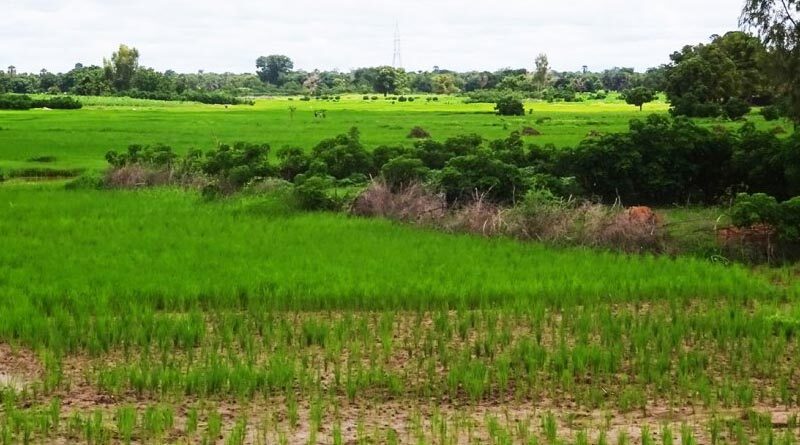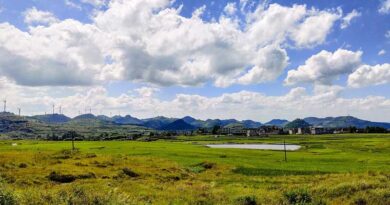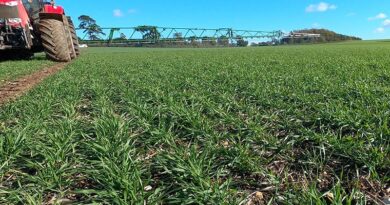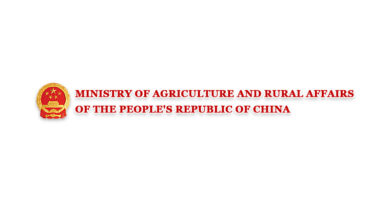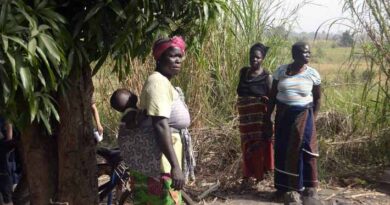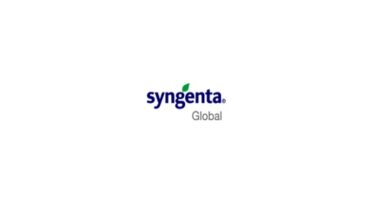China: Central authorities target rural growth
27 February 2021, China: Boosting economic growth in rural areas was highlighted as a key task in China’s No 1 Central Document, which was unveiled on Feb 22, highlighting the integrated development of industries in the countryside, senior agriculture officials said on Feb 23.
The document, the first policy statement released by the country’s central authorities every year, set comprehensive goals for key tasks in steadily advancing rural vitalization this year without adding new subjects, Agriculture and Rural Affairs Minister Tang Renjian told a news conference.
“To boost rural development, we should focus on the integrated development of primary, secondary and tertiary industries in rural areas, and increasing farmers’ incomes by promoting employment in and around their hometowns,” Tang said.
The document encouraged local authorities to develop industries such as agricultural processing, tourism and e-commerce in rural areas.
Wu Hongyao, a senior official with the Office of the Central Rural Work Leading Group, said rural areas are expected to build entire industrial chains and transition from selling unprocessed agricultural products to branded products.
The document emphasized the need to develop county-level industries.
“Various industrial parks should drive more agricultural processing industries to move to counties and build special industrial clusters between urban and rural areas,” Wu said.
Fuping county in Shaanxi province has a long history of growing persimmons and raising dairy goats.
Last year, the county built a milk source base and a quality inspection center for goat dairy products to upgrade the industrial chain, Shaanxi Daily reported.
The county had 800,000 dairy goats last year and produced 215,000 metric tons of goat milk, with the production value of the entire industrial chain reaching 10 billion yuan ($1.6 billion).
Farmers cannot be excluded from the industrial chain as the eventual goal of developing rural industries is benefiting farmers, Wu added.
Each farmer raising more than 3,000 goats in Fuping county received a subsidy of 1 million yuan last year, and those who were living in poverty were eligible for a 400 yuan subsidy for raising one goat.
“It is a ‘cash goat’ and an enclosure is like a small bank,” villager Dong Fengbao said.
Wang Sangui, a professor at the School of Agricultural Economics and Rural Development at Renmin University of China, said the document stipulated more clearly than previous ones how and where farmers should earn their incomes.
Engaging in agricultural production and landing jobs in the county are two main channels, with local jobs to become the choice of most, Wang told The Beijing News.
Developing county-level industries is the key to solving the problem of rural unemployment. Farmers will earn money from service industries including housekeeping, delivery and elderly care, according to the document.
The central government provided 156 billion yuan in rural vitalization subsidies last year, 10 billion yuan more than in 2020, and more than half was used for industrial development, Liu Huanxin, head of the National Administration for Rural Vitalization, said.
About 31.4 million people who were lifted out of poverty found jobs, a year-on-year increase of 4.2 percent.
Liu said the per capita income of people who had climbed out of absolute poverty reached 12,550 yuan, up 16.9 percent year-on-year.
Large-scale sliding back into poverty didn’t occur last year and the country has generally consolidated its poverty eradication achievements, Liu added.

